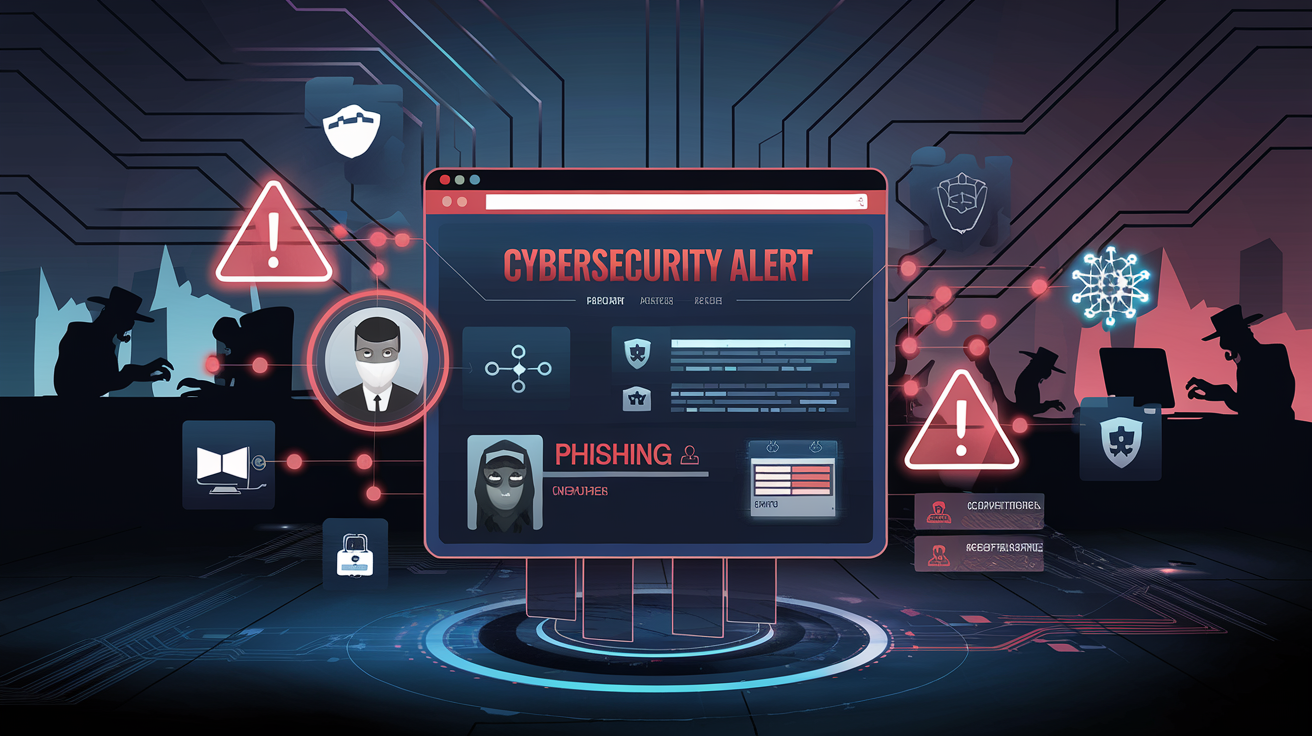
AI-driven threats fuel rise in phishing and zero-day attacks
- 19.03.2025 13:45
- siliconangle.com
- Keywords: AI-driven threats, phishing attacks, zero-day attacks
AI-driven threats have led to a significant rise in phishing and zero-day attacks, with browser-based phishing increasing 140% and zero-hour attacks up 130% in 2024. Major brands like Microsoft, Facebook, Netflix, and even generative AI services were frequently targeted, with nearly 600 incidents of AI fraud reported.